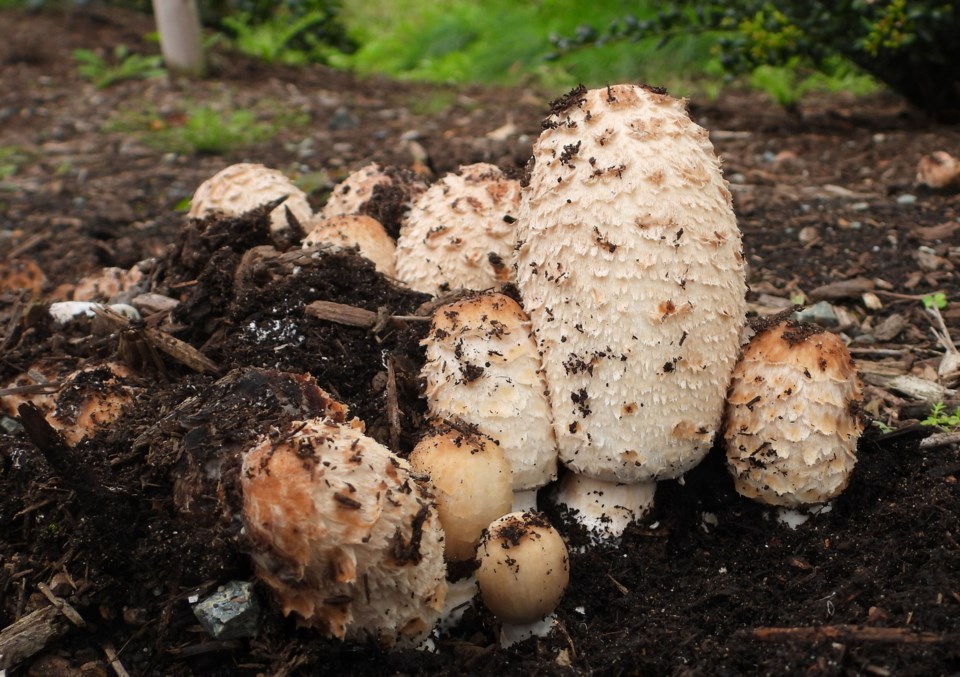Growing up in Germany, I can recall many family outings in the fall that involved mushrooms.
My mom would give each of us a basket and we would head into a well-known part of the forest that would reap the greatest rewards. Even as a young child, I knew which mushrooms to look for. Finding a clearing in the woods filled with King Boletes or Chanterelles is one of my favourite childhood memories. In the evening after a foray, my mom would often cook a delicious mushroom ragout.
I have been in Canada for 47 years, and my love for wild mushrooms has not diminished. My forays these days are more about photographing and identifying as opposed to eating them, although I do just that on occasion, when I’m confident in my find.
One edible species tends to grow in my front yard in cool, rainy weather and often makes its way into my morning egg scramble. (IMPORTANT NOTE: Do not try this unless you’re absolutely sure about the identity and edibility of the mushroom you’re about to consume!)
As part of a series of nature-themed brochures being created by the Delta Naturalists Society, several other members and I are working on a “Mushrooms in Delta” brochure. One of the fascinating things about mushrooms is how diverse and often strange they are. The brochure will showcase examples of the major groups of mushrooms we can find in the Pacific Northwest and some of the many thousands of species that exist in the world.
We may profile the deadly Death Cap, the whimsical Witch’s Hat, Fairy Ring, and Angel Wings, and plain odd Bleeding Tooth Fungus.
The impending Delta Naturalists’ brochure will hopefully inspire more people to take a closer look at these fascinating organisms.




